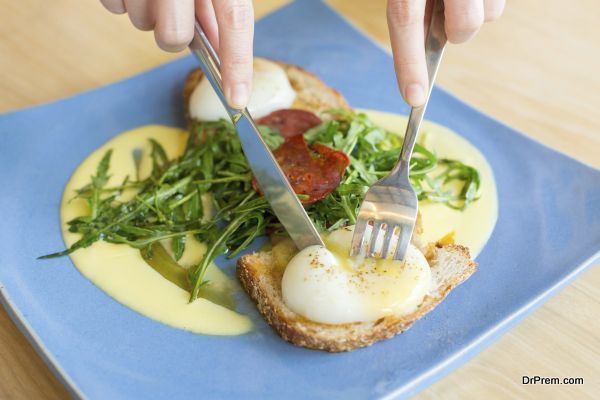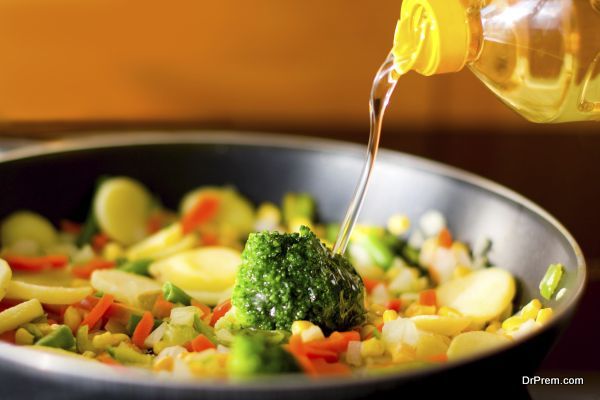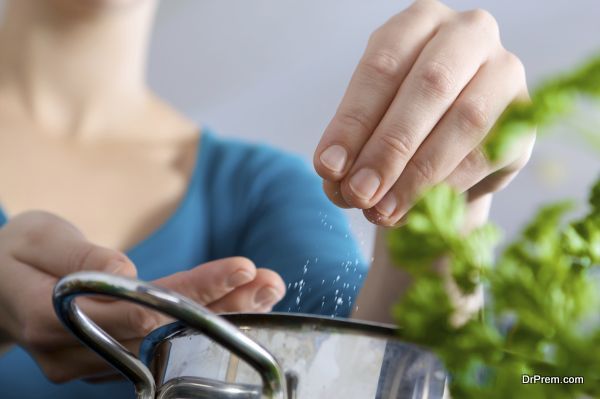To a significant number out there, eating healthy means compromising on taste, but what if we told you that your favorite recipes can be enjoyed with same taste in spite of being prepared in a healthier manner? If you want to cook healthier versions of your preferred dishes, here are tips by Dr Prem Jagyasi and his team members to do so.
Keeping the sauces and dips less fatty

When you want your favorite sauce or a dip to be healthy yet taste the same, try and replace cream and whole milk with skimmed milk and low fat yoghurt. Instead of cream or sour cream you can use yoghurt (low fat) on all types of hot and cold dips and puddings. Yoghurt and skimmed milk are both healthy, less fatty and are suitable for use in all types of cooking.
Use less oil in your cooking

This is nothing new, nor anything that you must not have heard before. But it definitely is the mantra from healthy cooking. Use of extra-virgin olive oil can help keep your sauté, soup or salad healthy. Oil, whichever it is, should be used very judiciously.
Minimizing oil from your recipe can help cut up to 45 calories per teaspoon in your food. To minimize the use of oil, cook in non-stick or dry pan. When the food tends to dry out while cooking prefer to add water instead of oil. This way you can maintain the taste of your dish, yet use minimum oil.
Decrease salt intake

Salt is primary ingredient of almost all our favorite dishes (barring the sweet ones of course) yet it’s important to cut down salt intake to make the food healthy. Since all recipes will require salt and you won’t be able to do without, the tip is to replace salt with some alternative seasonings or sodium-free flavor boosters. You can try herbs, spices, pepper, vinegar, mustard or even lemon juice.
Bake with whole-wheat flour

Use of whole-wheat flour instead of all-purpose flour does not make the taste very different, but it adds a lot of fiber and enhances Vitamin B intake. You can use both white and textured whole-wheat flour for cookies, bread, muffins, pastries and cakes etc.
To eat healthy, what we are cooking should be healthy too. With little changes to the way we cook, we can make a lot of difference to the health content of our recipes.




